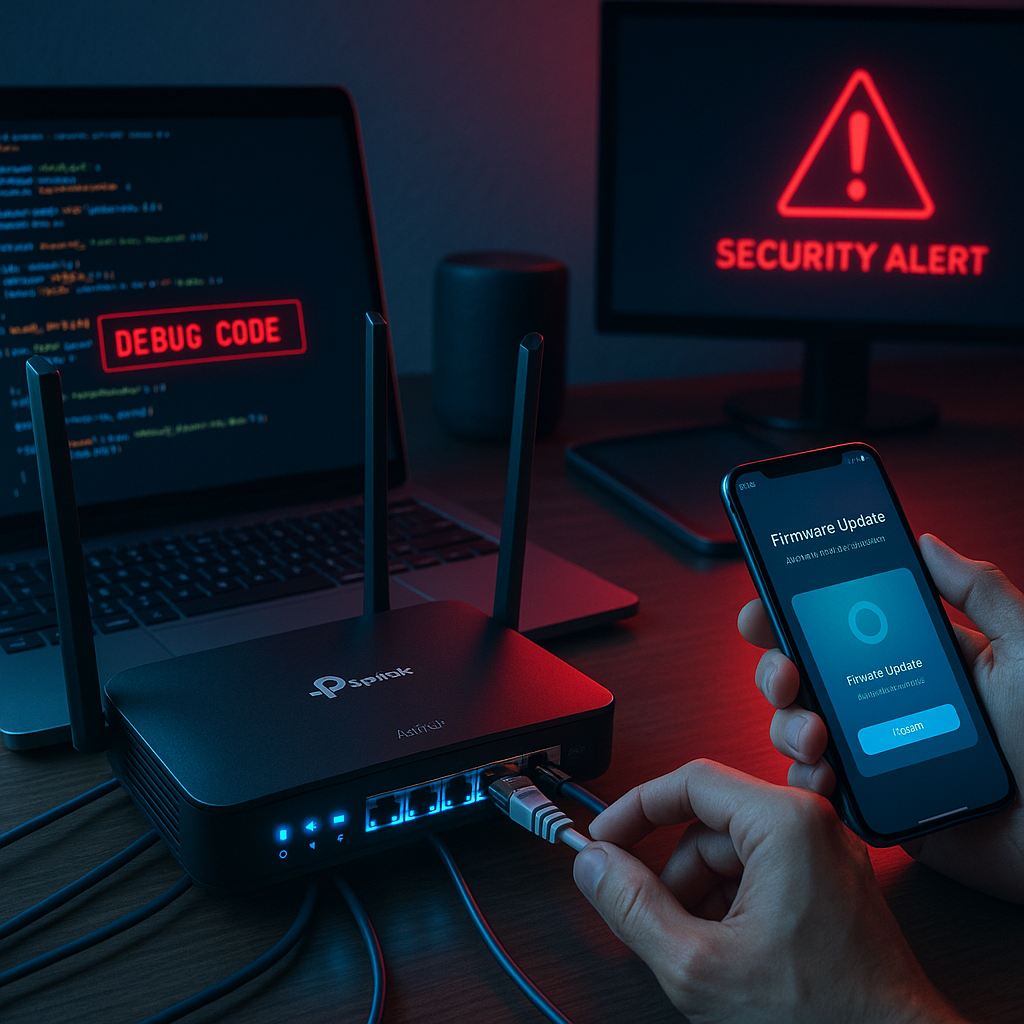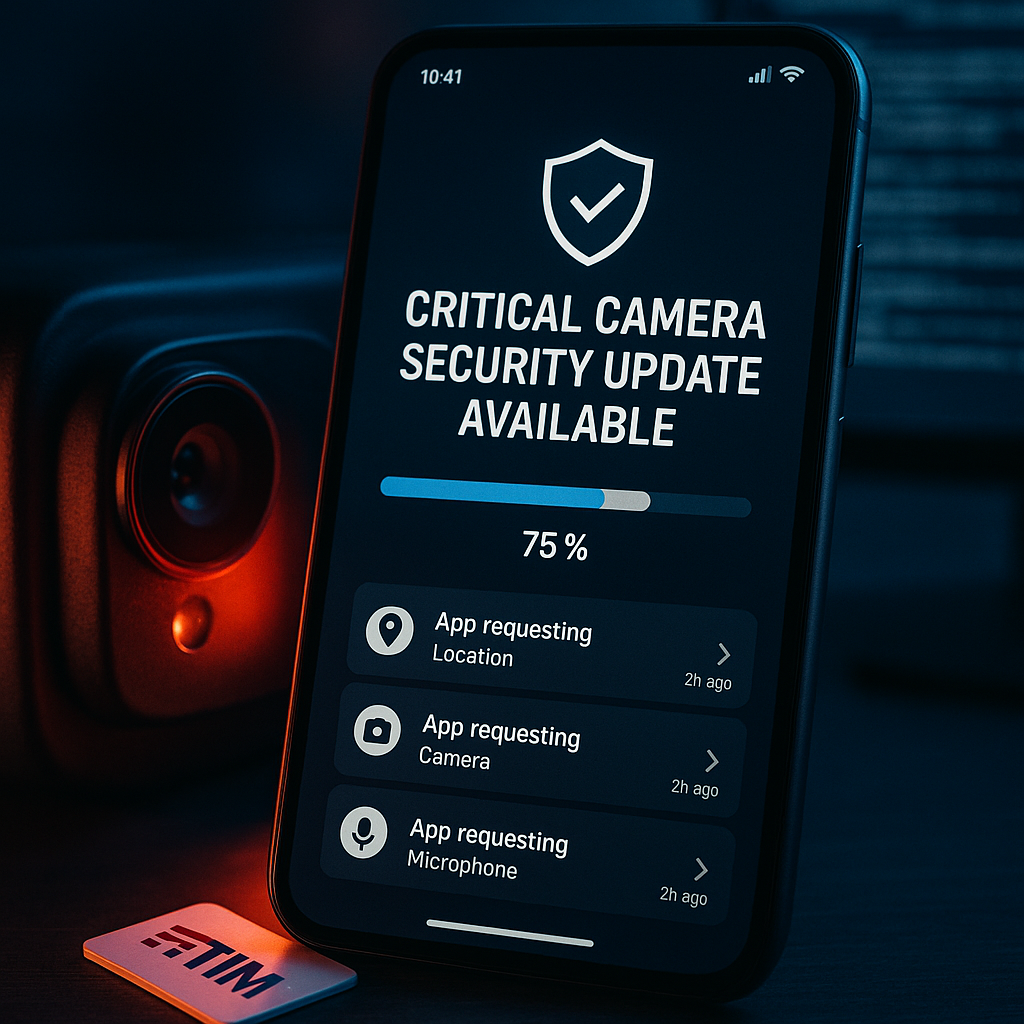Key Takeaways
- Debug code vulnerability identified. Researchers found test software left active in firmware, creating an unguarded entry point for exploits.
- Millions of routers at risk. Popular Archer and Deco series models are among affected devices, potentially impacting users worldwide.
- Remote hijacking possible. Hackers can exploit the bug to bypass normal security and access private network data.
- Patch released by TP-Link. Emergency firmware updates are available, and users are urged to update immediately via the TP-Link web portal or mobile app.
- Ongoing research into third-party brands. Security experts warn similar issues may exist across other manufacturers using shared code bases.
Introduction
A major security vulnerability has been discovered in several globally sold TP-Link routers, including popular Archer and Deco models, after cybersecurity firm RedSec found leftover debug code in their firmware this week. The flaw allows remote hijacking of home networks and has prompted TP-Link to release urgent firmware patches. Experts are urging immediate updates to protect user data and network privacy.
Vulnerability Details
Security researchers at RedSec identified a critical debug code flaw affecting multiple TP-Link router models. This vulnerability exists in the core firmware and can allow unauthorized remote access to affected devices.
The debug code, intended for pre-release testing, remained active in production firmware versions shipped to consumers. This oversight effectively created a backdoor that bypasses standard authentication security measures.
RedSec’s analysis showed the vulnerability impacts several popular models in TP-Link’s Archer series, including:
Un passo avanti. Sempre.
Unisciti al nostro canale Telegram per ricevere
aggiornamenti mirati, notizie selezionate e contenuti che fanno davvero la differenza.
Zero distrazioni, solo ciò che conta.
 Entra nel Canale
Entra nel Canale
- Archer AX10 (v1)
- Archer AX20 (v1)
- Archer AX50 (v1)
- Archer AX3000 (v1)
Impact Assessment
The flaw potentially exposes affected routers to unauthorized access from remote attackers. Security experts have confirmed that exploiting this vulnerability requires minimal technical expertise, making it especially concerning for home and small business users.
Network security specialist Maria Chen from CyberWatch stated that compromised routers could allow attackers to:
- intercept network traffic,
- modify device settings, or
- use the router as a point of entry for broader network attacks.
The vulnerability mainly affects routers running firmware released between January 2022 and December 2023. TP-Link estimates that approximately 170,000 devices worldwide may be using vulnerable firmware versions.
For users seeking practical ways to further protect their networks, reviewing a cyber hygiene checklist can provide daily habits for better security.
TP-Link’s Response
TP-Link acknowledged the vulnerability within 24 hours of RedSec’s disclosure. James Wilson, TP-Link’s Chief Security Officer, stated that the company is actively addressing the issue and has developed firmware updates to patch affected devices.
The company has released emergency firmware updates through its official support portal. These updates specifically remove the problematic debug code and strengthen authentication protocols.
Technical support teams are also conducting proactive outreach to registered device owners through the TP-Link mobile app and email notifications.
Improving smart home security is especially important for users managing multiple connected devices.
How to Protect Your Device
Users can check if their router is affected by accessing the device’s administration panel and reviewing the model number and current firmware version. TP-Link has published a dedicated security advisory page listing all affected models and firmware versions.
Updating router firmware involves logging into the device’s administration interface through a web browser. The process typically takes 5 to 10 minutes, during which the router should not be powered off or disconnected.
For users concerned about implementing updates correctly, TP-Link has established a dedicated support hotline and published step-by-step guidance documents in multiple languages.
Learning about two-factor authentication (2FA) also helps strengthen network account security.
Industry Implications
This incident has sparked broader discussions about firmware security practices in consumer networking equipment. Industry analysts have highlighted the need for more rigorous pre-release security testing and code review procedures.
The Consumer Technology Association announced plans to review current security standards for networking devices. Sarah Martinez, CTA’s head of device security standards, noted that this situation underscores the importance of comprehensive security auditing before product release.
Several other router manufacturers have publicly committed to additional security audits of their own firmware development processes in response to this incident.
Another valuable resource is understanding trusted mobile security apps to protect all connected devices on your network.
Un passo avanti. Sempre.
Unisciti al nostro canale Telegram per ricevere
aggiornamenti mirati, notizie selezionate e contenuti che fanno davvero la differenza.
Zero distrazioni, solo ciò che conta.
 Entra nel Canale
Entra nel Canale
Conclusion
The exposure of debug code in TP-Link’s firmware underscores a persistent challenge in consumer device security and has prompted an industry-wide review of pre-release testing practices. The swift deployment of patched firmware aims to close the vulnerability for affected users. What to watch: further industry responses and updates to security standards as regulatory groups and manufacturers assess their device protocols.





Leave a Reply